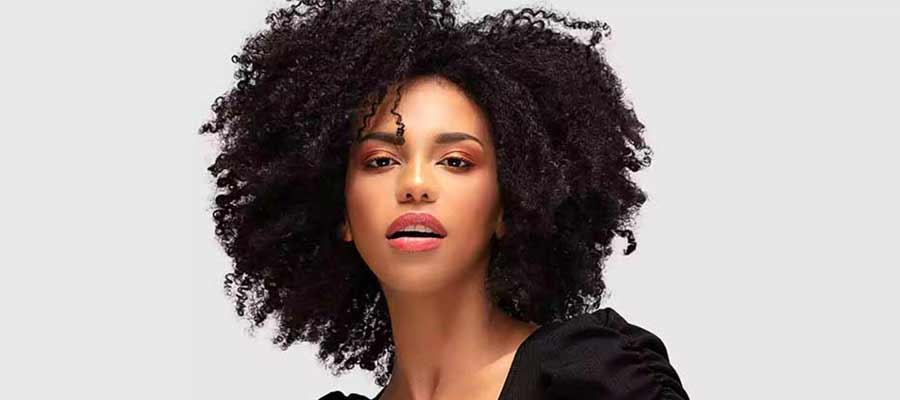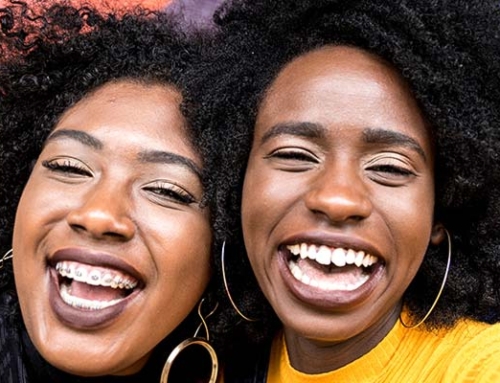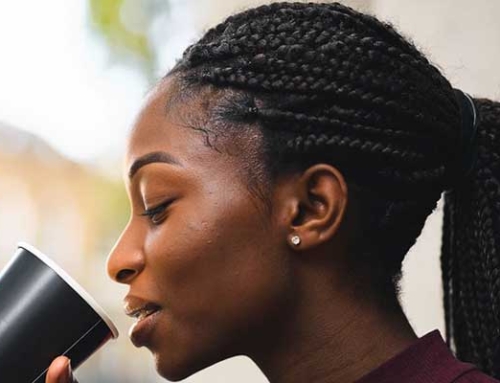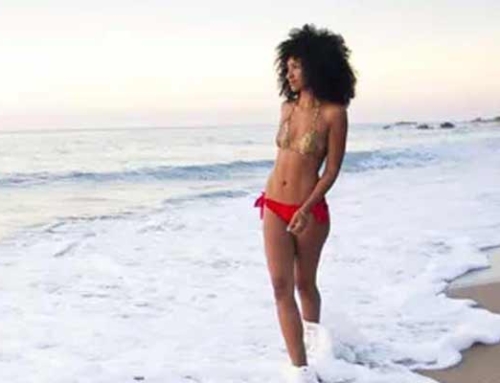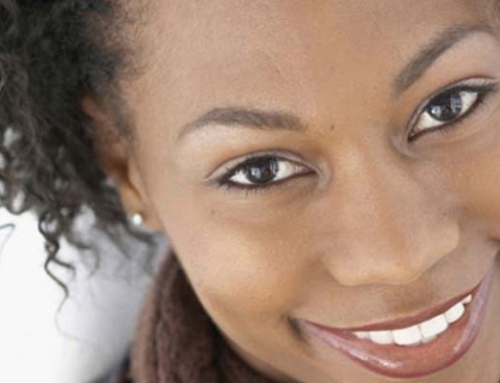Let’s talk about the different Hair Types and Textures. We are born with either straight hair or curly hair in different textures. Three main aspects of hair texture are the curl pattern, volume, and consistency. It is believed that the shape of the hair shaft has an effect on the curliness of the individual’s hair – thus determining the curl pattern. As the hair follicle shape determines the curl pattern, the hair follicle size determines thickness. Hair can also be grouped into fine, medium, and coarse consistency. Regardless of the hair type and texture, we still have to care for the hair in the best possible way. If you wear your hair naturally, knowing the type of hair you have will be very useful in determining the best products you should use to care for your hair and which hairstyles will be best for your hair. With so many different types and textures, hair experts have created systems to help us identify our hair type. Based on curl pattern, porosity, and density, natural hair is divided into three categories as Wavy, Curly, and Kinky/Coily. Below is one of the most popularly used hair typing systems.
The Andre Walker Hair Typing System
The most commonly used system to classify Hair Types and Textures is a hair typing created and used by Oprah’s Hairstylist, Andre Walker. He also discussed this in details in his book – Andre Talks Hair. He has classified Hair Types and Textures into four groups. Here they are below by Type, Texture and Description:

TYPE 1: Straight – Hair that reflects the most sheen. It is also the most resilient hair of all of the hair types. It is hard to damage and next to impossible to curl this hair texture. Because the sebum (natural oil produced in the sebaceous glands of the scalp) gently works its way from the scalp to the ends without the interference of curls or kinks, it is the most, oily hair texture of all.
- Type 1a – Straight (Fine/Thin) – This type of hair tends to be very soft and shiny, but difficult to hold a curl; this type of hair also tends to be oily, and difficult to damage.
- Type 1b – Straight (Medium) – this type of hair has lots of volume and body.
- Type 1c – Straight (Coarse) – this type of hair is normally bone straight and difficult to curl. Most Asian women usually fall into this category.

TYPE 2: Wavy – Hair that lies somewhere between straight and curly hair. It also imparts sheen, more than curly hair, but less than straight hair. The further down the wavy spectrum you go the less sheen the hair will impart. Wavy hair is typically more prone to frizz. While type A waves can easily alternate between straight and curly styles, type B and C Wavy hair is resistant to styling.
- Type 2a – Wavy (Fine/Thin) – this type of hair has a definite “S” pattern and can normally accomplish various styles.
- Type 2b – Wavy (Medium) – the hair has a tendency to be frizzy, and a little resistant to styling.
- Type 2c – Wavy (Coarse) – this hair type is also resistant to styling and normally very frizzy and tends to have thicker waves.

TYPE 3: Curly – Pulling a strand of a type 3 curly, you will notice it has a definite S shape. Granted, the S may be a lower case s or upper case S, or it may even resemble a Z on some occasions…however, there is a definite curl pattern in place, with our without products. This hair type is full bodied, climate dependent (humidity = frizz), and damage prone. Lack of proper care renders dull curls.
- Type 3a – Curly (Loose Curls) – the hair tends to have a combination texture. It can be thick and full with lots of body, with a definite “S” pattern, but tends to be frizzy.
- Type 3b – Curly (Tight Curls) – the hair tends to have a combination texture, with a medium amount of curl.
- Type 3c – Curly (Corkscrews) – this curl can either be kinky or very tightly curled with a lot of strands that are densely packed together. NOTE: 3c not in book – but From NaturallyCurly.com

Type 4: Kinky – Despite many misconceptions, this tightly coiled hair is quite fine and fragile. It is wiry, and delicate by nature. Each strand usually has a zig-zag pattern. Kinky hair is the driest hair type, thus it is more prone to breakage and requires a gentle touch. A misconception exists that this hair type does not grow. Kinky hair grows at the same rate as other texture; however, if not treated properly it breaks more than other textures. Treat this hair type like a fine silk blouse – cleanse gently, detangle softly, and avoid harsh chemicals.
- Type 4a – Kinky (Soft) – this hair type tends to be very fragile, tightly coiled, and has a more defined curly pattern.
- Type 4b – Kinky (Wiry) – this type of hair is also very fragile and tightly coiled; however with a less visible curl pattern
- Type 4c – (“Z” pattern) – this is very similar to 4b; except the curls are so tightly kinked that there is almost no definition. NOTE: 3c not in book – but From NaturallyCurly.com

